ISO/IEC 17025 Certified Biology and Mechanical Testing Services
WHAT IS ISO/IEC 17025 ?
ISO/IEC 17025 is an international standard that sets out the general requirements for the competence, impartiality, and consistent operation of laboratories performing testing and calibration activities. It is applicable to all types of laboratories, including those in the public and private sectors, regardless of their size or field of testing or bration. It is used as a tool to assess and demonstrate the technical competence and reliability of laboratories.
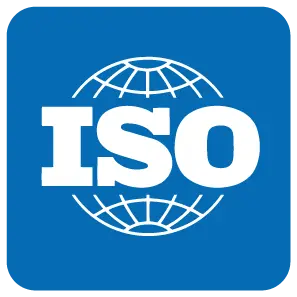 Over the years, ISO/IEC 17025, General requirements for the competence of testing and calibration laboratories, has become the international reference for testing and calibration laboratories wanting to demonstrate their capacity to deliver trusted results. The International Standard, published jointly by ISO and IEC International Electrotechnical Commission, contains a set of requirements enabling laboratories to improve their ability to produce consistently valid results.
Over the years, ISO/IEC 17025, General requirements for the competence of testing and calibration laboratories, has become the international reference for testing and calibration laboratories wanting to demonstrate their capacity to deliver trusted results. The International Standard, published jointly by ISO and IEC International Electrotechnical Commission, contains a set of requirements enabling laboratories to improve their ability to produce consistently valid results.
Over the years, ISO/IEC 17025, General requirements for the competence of testing and calibration laboratories, has become the international reference for testing and calibration laboratories wanting to demonstrate their capacity to deliver trusted results. The International Standard, published jointly by ISO and IEC International Electrotechnical Commission, contains a set of requirements enabling laboratories to improve their ability to produce consistently valid results.
MEASUREMENT UNCERTAINTY

• In the international ISO standards, Measurement Uncertainty MU holds significant importance
• Mathematical precision in addressing both statistical and systematic errors
• Crucial in ISO standards to ensure reliable and comparable measurement results
• Enhances the trustworthiness and consistency of measurement data worldwide

• In the international ISO standards, Measurement Uncertainty MU holds significant importance
• Mathematical precision in addressing both statistical and systematic errors
• Crucial in ISO standards to ensure reliable and comparable measurement results
• Enhances the trustworthiness and consistency of measurement data worldwide
UNCERTAINTY SOURCE
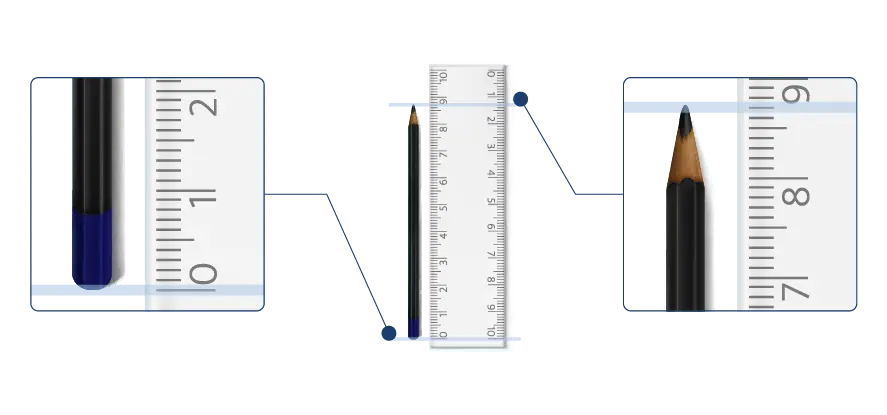
TRACEABILITY
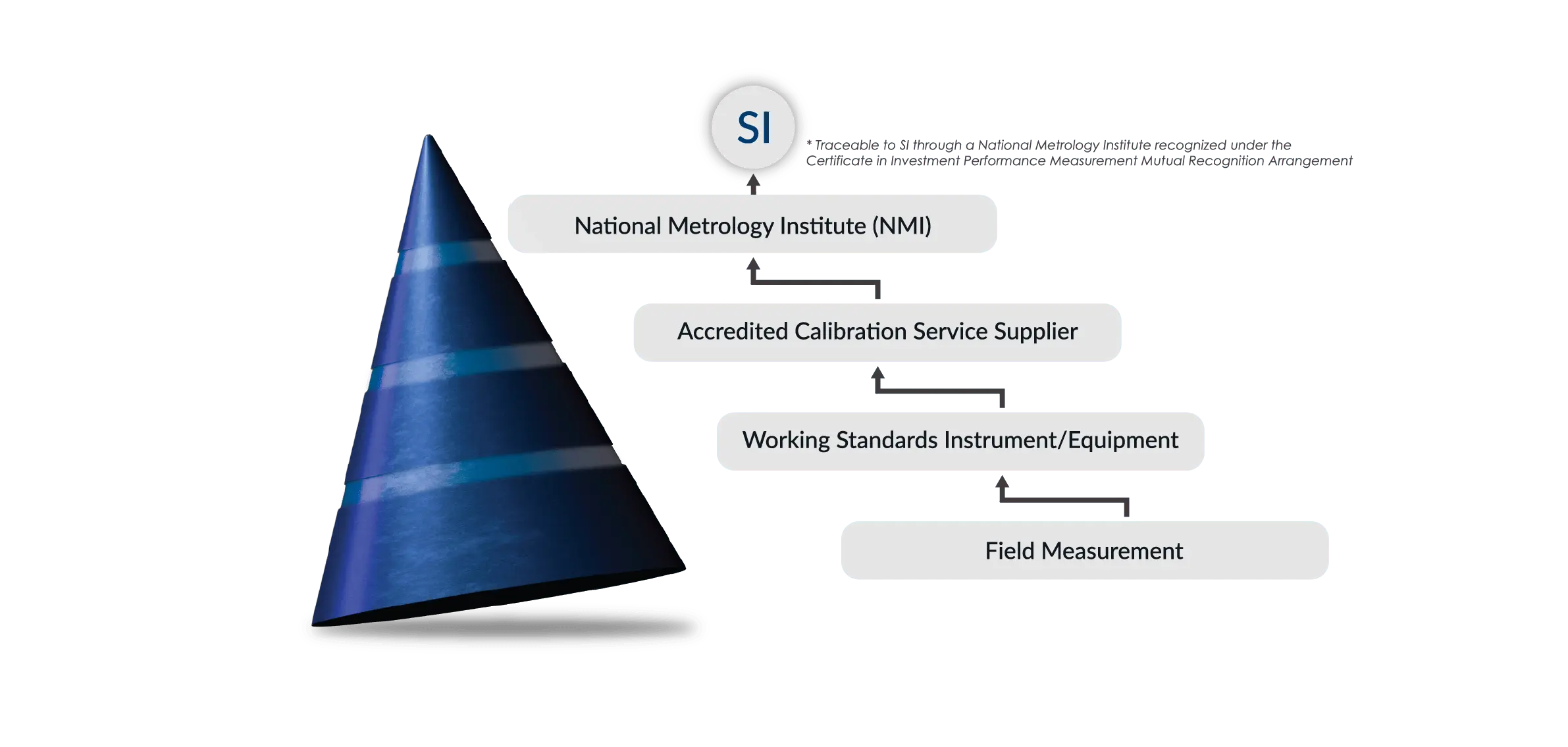
SUPERGENICS ACCREDITATIONS
Technical Requirements
Our Supergenics lab is equipped with qualified and competent personnel which have undergone appropriate training to accomplish their testing and calibration tasks
Management System
Our laboratories maintain an organised management system with documented procedures and quality policies to manage the quality of our findings effectively
Impartiality
We demonstrate impartiality and do not allow any conflicts of interest such as commercial, financial or other pressuring factors that could compromise the quality or integrity of our services
Reporting
We provide clear and accurate test or calibration results, including uncertainty of measurement when relevant, to our clients
Supergenics has achieved ISO/IEC 17025:2017 accreditation for Testing and Calibration Laboratories, including Mesenchymal Stem Cell Count and Viability. Additionally, they have received approval for four scopes from Standard Malaysia: Cell Count and Viability, Gram Stain, and Trilineage Differentiation and Characterization Assay. Their commitment to providing cost-effective, efficient, reliable, and high-quality solutions and services to customers is evident.
Supergenics, as a trusted partner, ensures optimal product performance through meticulous maintenance services, underscored by prestigious ISO/IEC 17025 certification from both ILAC and the Department of Standards Malaysia JSM in testing. Within their testing services, Supergenics excels in precise calibration of Temperature Sensors, RH Sensors, Airflow sensors, and Pressure Sensors, guaranteeing accuracy and efficiency crucial for various applications.
The ISO/IEC 17025 accreditation from JSM signifies Supergenics' adherence to global standards, ensuring services of the highest quality and reliability. Their comprehensive offerings include functional testing, traceable calibration to SI units, and detailed calibration certificates. By choosing Supergenics, customers align their equipment with internationally recognized standards, backed by SAMM accreditation with ILAC Mark for precision and quality assurance.
Services of Beautifully Built :
ISO/IEC 17025 Accredited Calibration for Temperature Sensors ISO/IEC 17025 Accredited Calibration for Relative Humidity Sensors Calibration for Airflow Devices Calibration for Differential Pressure Sensors ISO/IEC 17025 Accredited Testing for Controlled Environment Air Temperature ISO/IEC 17025 Accredited Testing for Controlled Environment Relative Humidity Testing for Controlled Environment Airflow Testing for Controlled Environment Differential Pressure
BIOLOGY SERVICES OFFERED :
Comprehensive Stem Cell Characterization Stem Cell for Research, Preclinical and Clinical Applications
Cell Count and Viability
Trilineage Differentiation Assay
Gram Stain Assay
Service Offered of Biology Mechanical :
Comprehensive Stem CellCharacterization Stem Cell for Research, Preclinical and Clinical applications Calibration: Temperature and relative humidity meters Testing: Air temperature and relative humidity for controlled environment
OVERVIEW OF Calibration Services :
Functional testing Calibration traceable toNational Metrology Institute Calibration certificate with as-found and as-left results Measurement report with 95% confident level Measurement Uncertainty Provide with correction factor for accurate measurement
Our Testing Services Include :
Measurement results traceable to National Metrology Institute Real time measurement related to the controlled environment Service report with unambiguous data and information
JSM Department of Standard Malaysia
Skim Akreditasi Makaml Malaysia (SAMM)
Skim Akreditasi Makaml Malaysia (SAMM)
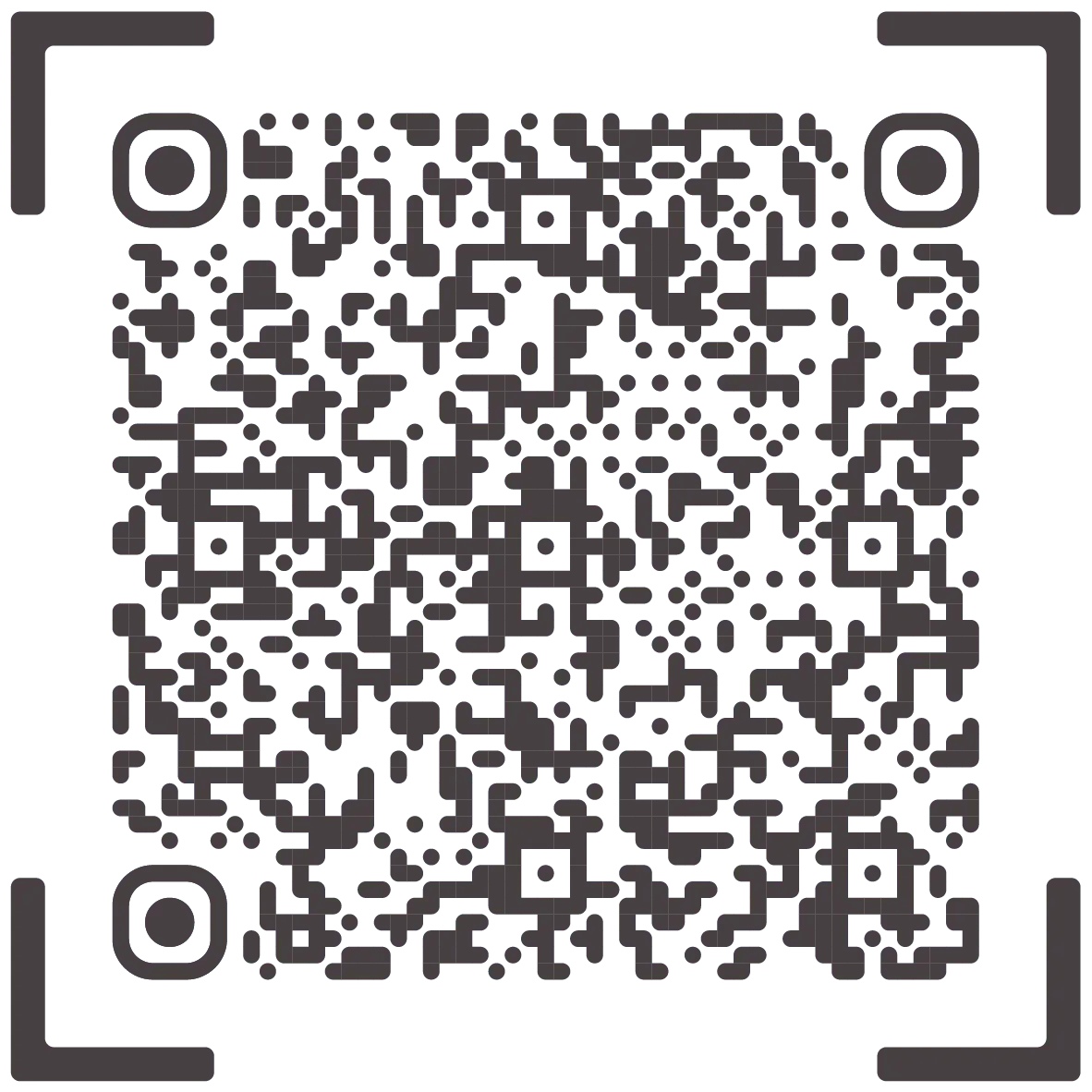
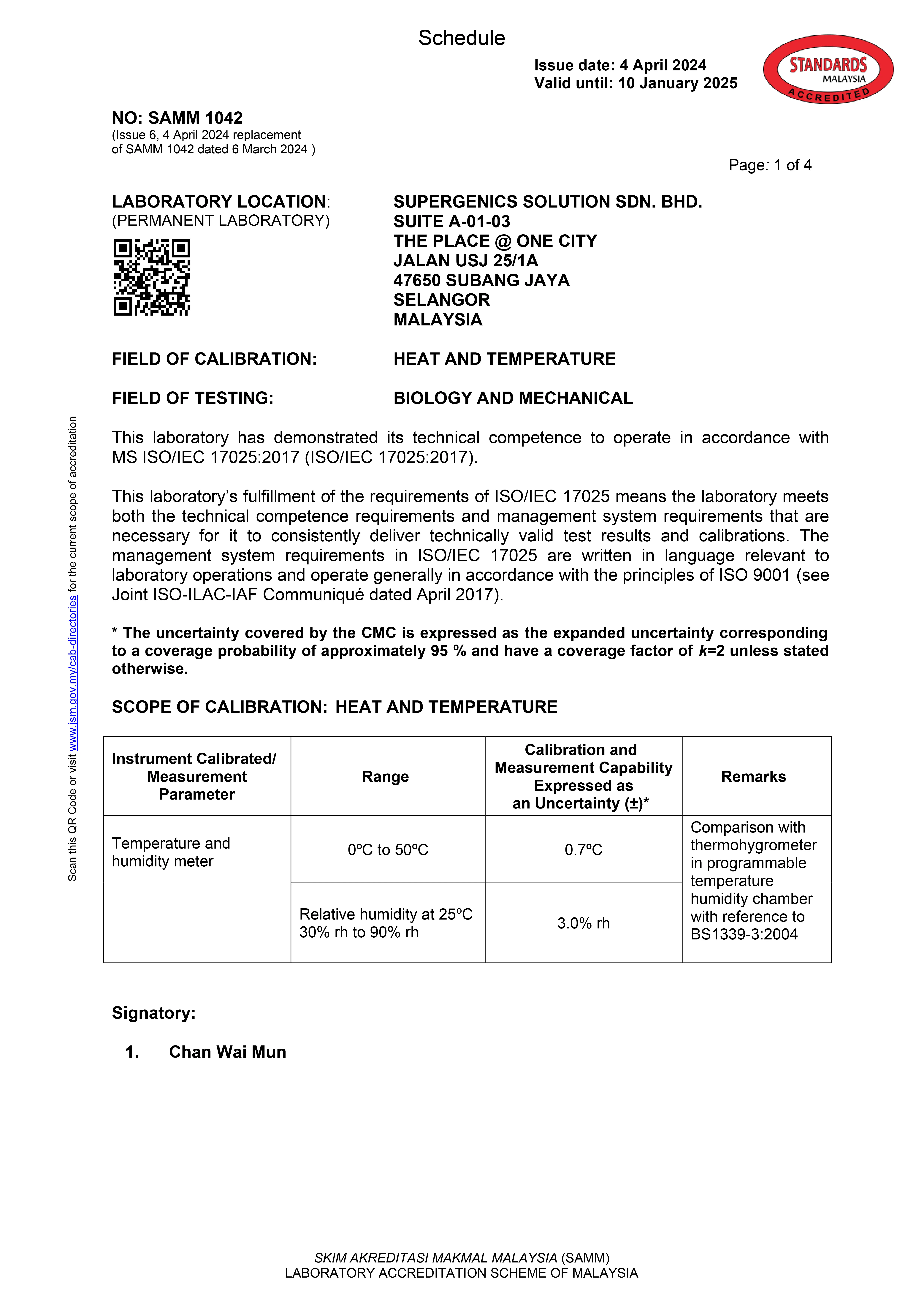
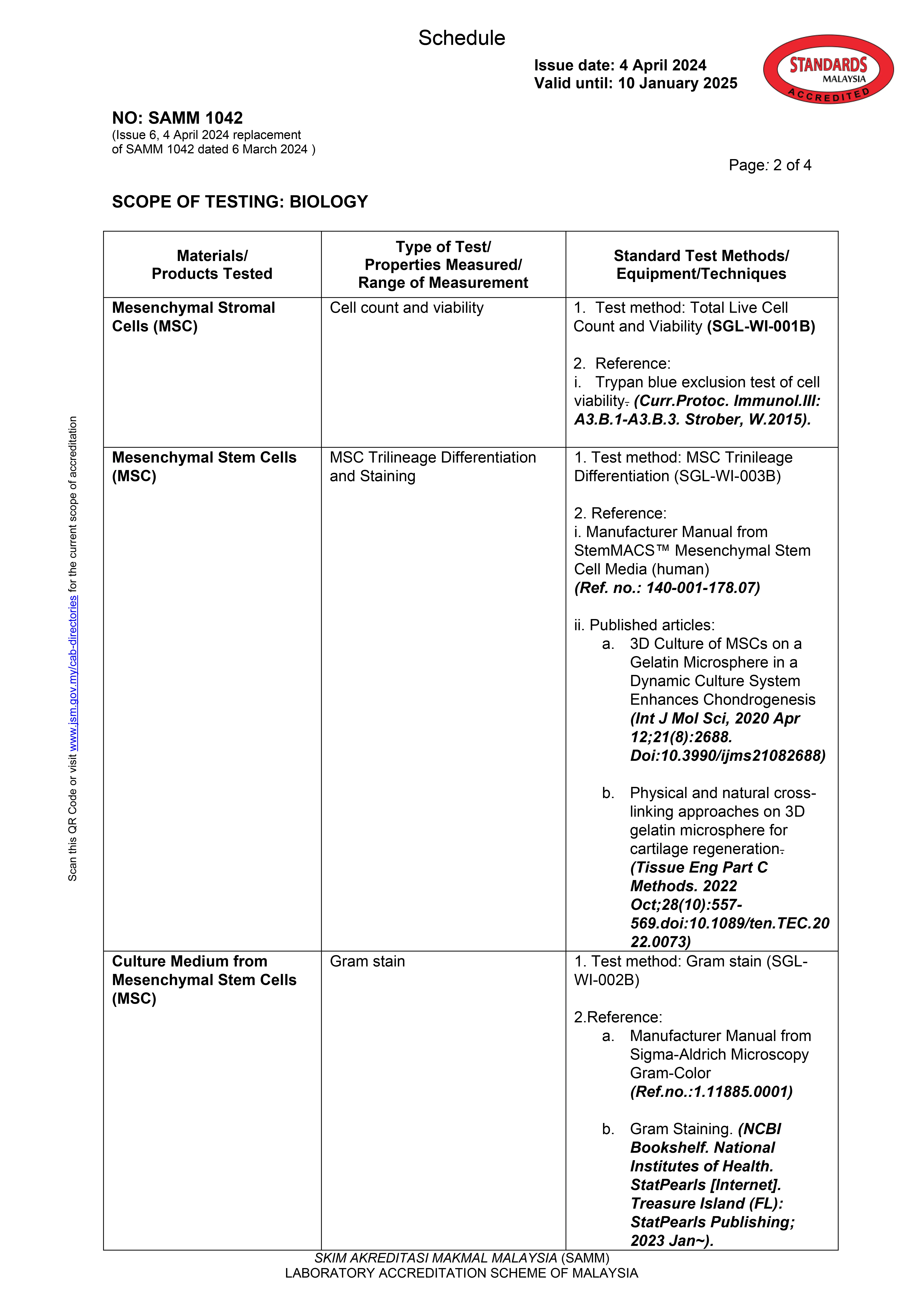
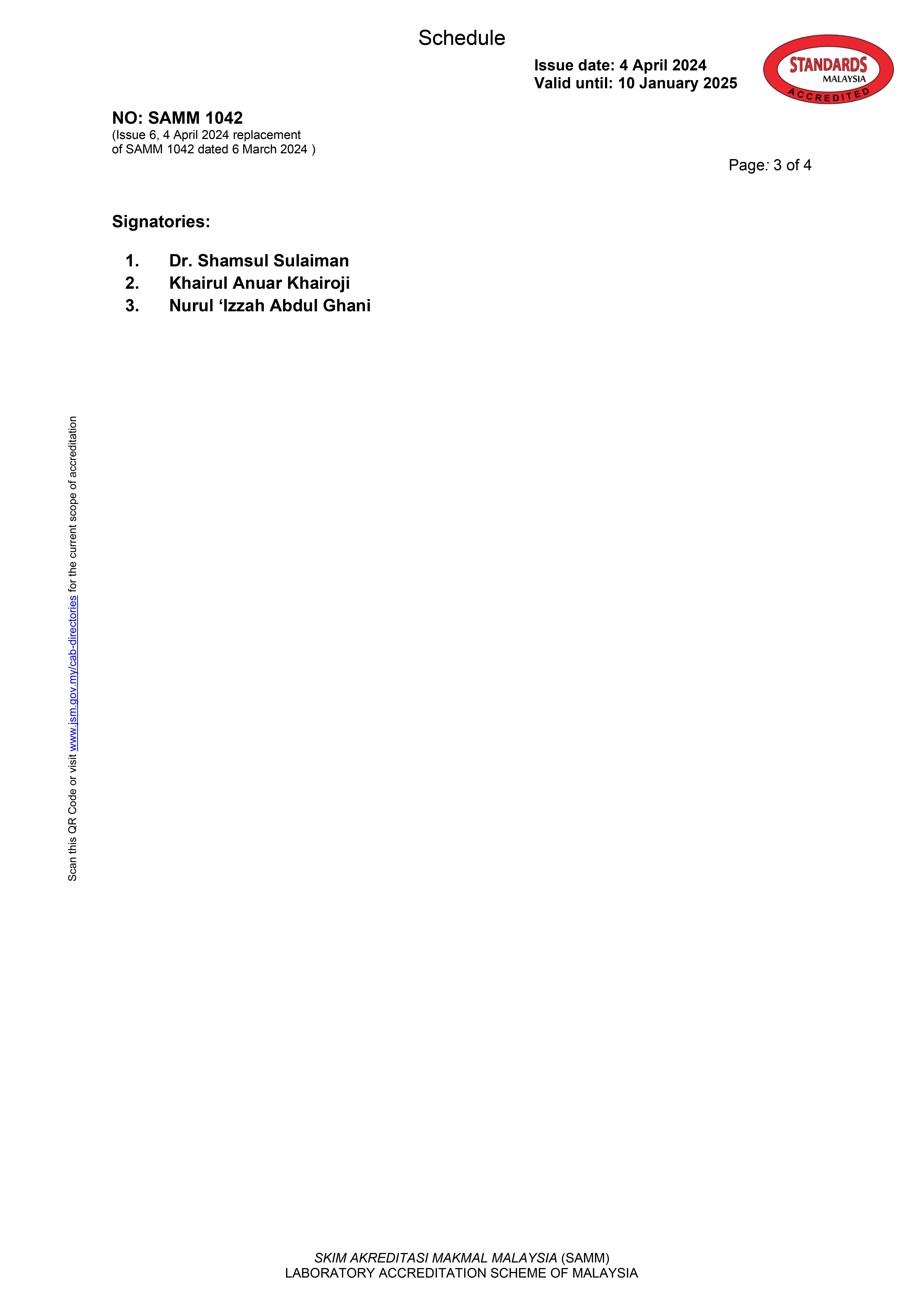
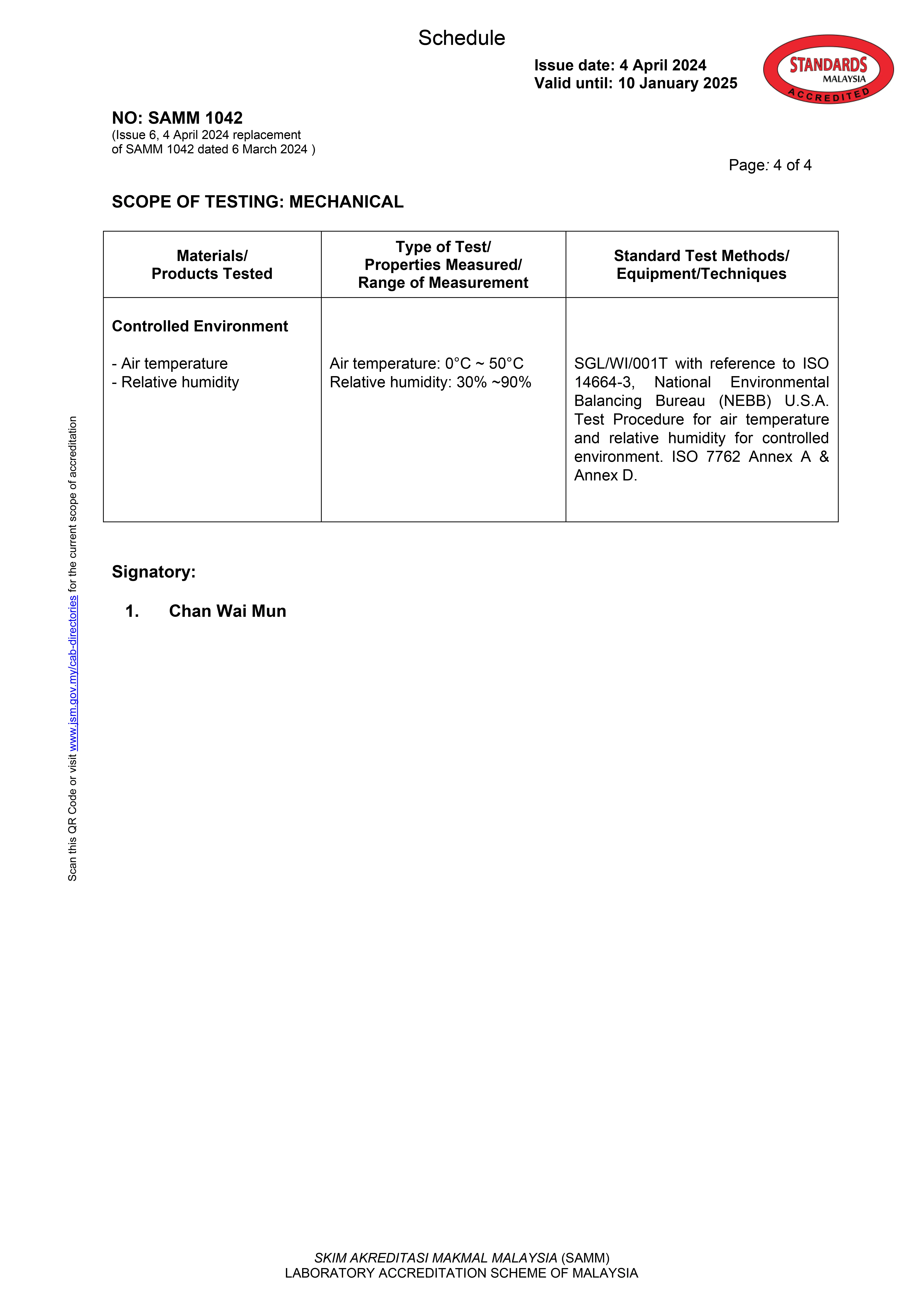
Stem Cell Research and Applications
Introduction to Stem Cells
Stem cells are undifferentiated cells which have the ability to differentiate into specialised cells with specialised functions. They have the remarkable property of dividing infinitely to replace worn out cells after death. With each division, the new cell has the potential to remain as a stem cell, or to specialise into a cell type, such as blood cells, skin cells and brain cells.
Classification of Stem Cells
Stem cells have different potencies, which refers to the ability of a stem cell to differentiate into more specialised cell types. Cells with greater potency can differentiate into a wider variety of cell types as compared to cells with lower potency. The classifications are as follows: totipotent stem cells, pluripotent stem cells and multipotent stem cells. Totipotent stem cells can give rise to any of the 220 different cell types in the human body, as well as form embryonic stem cells. Pluripotent stem cells can differentiate into any cell type, but don't have the ability to form embryonic stem cells. Multipotent stem cells can develop into a limited number of cell types in a particular lineage, which include ectodermal, endodermal and mesodermal cells.
about mesenchymal stem cells (MSC)
MSC is a type of multipotent stem cell that has the ability to self-renew and to differentiate into a limited number of cell types. The sources of MSC are from the bone marrow, umbilical cord, adipose tissue, dental pulp and peripheral blood.
Why Wharton's Jelly
Wharton's jelly is the main connective tissue found within the umbilical cord and is rich in MSCs, in most instances, mesenchymal stem cells are typically derived from bone marrow tissue using a painful and invasive process for extraction. Wharton’s jelly MSCs are far easier and less invasive to retrieve, and come with many other benefits compared to using MSCs derived from other sources. MSCs are also found in more abundant numbers in Wharton’s jelly compared to other sources, and the cells harvested are younger hence more viable. Aside from its powerful immunomodulatory effects and potent anti-inflammatory effects, it is also able to stimulate angiogenesis, the formation of new blood vessels, as well as having an increased proliferative capacity.
Obtaining Mesenchymal Stem Cells
A process called cell culture is used to grow mesenchymal stem cells under a controlled environment. The umbilical cord is first collected and disinfected, it needs to be incubated and given constant medium changes. Supergenics has developed a new innovative method to further increase the propagation of cells reaching abundant numbers, increasing the efficiency of our lab work. The newly grown cells are then cultured and cryogenically stored, and can be implanted into patients when needed.
Characteristics of Stem Cells
MSCs have several characteristics including low immunogenic properties,
immunosuppression and the ability to exhibit the paracrine effect. MSCs secrete
growth factors and chemokines, which can stimulate angiogenesis and to reorganise
the extracellular matrix in scar areas.
The paracrine effect is a mechanism that allows specialised donor cells to stimulate
the patient's cells to repair diseased tissue, without donor cells directly
contributing to the new tissue. Donor cells, MSCs, are attracted to the cytokines
secreted by damaged cells, and can help to reduce inflammation, promote cell
proliferation and increase vascularisation and blood flow in areas that need to be
healed.
Mesenchymal Stem Cell (MSC) Research and Therapy
What is Mesenchymal stem cell MSC
MSC is a type of adult multipotent stem cell that exhibit the special characteristics of self-renewal and multilineage differentiation.
Where does Mesenchymal stem cell MSC come from?
MSC are found to be original from umbilical cord, bone marrow, adipose tissues, dental pulp and peripheral blood. In our lab, the MSC will be taken from Wharton's Jelly which pose great potential in differentiation stage of cell.
Wharton's Jelly umbilical cord tissue, the main source of our MSC
Wharton's Jelly is rich of mesenchymal stem cell tissue that is widely applied in treating different kind of diseases or conditions as well as regenerating into most of the types of cells actively. MSC derived from Wharton's jelly are the stem cell with strong capacity and readily to differentiate into the required cell type.
The multilineage differentiations allow MSC to become
These cells can become different cell types within the mesodermal lineage, which includes a wide range of cell types found in connective tissues, bone, cartilage, and adipose tissue.MSC are considered multipotent, meaning they have the potential to differentiate into several.
The main causes of aging:
Endothelial aging
Age increased > endothelial wall stiffens > more fats deposition > narrowing lumen of blood vessel > hight risk of sub-chronic health conditions
Mitochondria dysfunctions
Age increased > lack of mitochondria > less energy ATP generated > lack of powerhouse > cellular processes disrupted > diseases developed
How does Stem Cell works?
Mechanism of actions, how does MSC helps to repair damaged cells?
Angiogenesis
Due to endothelial aging, our blood vessels have become rather fragile and stiffen. Consequently, our body blood circulation will be affected as well as metabolism rates. Under this scenario, the angiogenic property of stem cell not just only helps to repair the blood vessel, it further regenerates new blood vessel. Therefore, the function of our blood circulation system will be restored.
 Mitochondria
Mitochondria
Mitochondria is a double-membrane bound organelle that plays important role in energy generation through aerobic respiration. Adenosine triphosphate ATP as the form of generated energy is essential to carry out cellular biochemical reactions.
Mitochondria Transfer
MSC acts accordingly to homing effects in which the damaged, aging cells will release signal to be captured by MSC. Continuously, MITOCHONDRIA TRANSFER will be carried out to replenish the powerplant of aging cells. This allows aging cells and tissues to regain their functions.
Natural Killer Cell (NK Cell) Immunotherapy
What is NK cell ?
Natural killer NK cells are a group of innate white blood cell with cytolytic activity against virus-infected cells and physiologically stressed cells like tumor cells. It acts as the frontliner of our immune system to approach the abnormal cells at first. About 10 - 15% of peripheral blood mononuclear cells PBMC are consist of this NK cell.
What NK cells does ?
The name 'natural killer' derived from the ability of NK cells that target abnormal
cells without the need for prior activations due to the absence of specific cell
surface receptors on it.
- NK cells able to detect the cytokines released by pathogen-infected cells or malignantly transformed cell
- This in turn will bind to the activating ligand of NK cells
- Once NK cells activated, cell-mediated cytotoxicity begin
- By producing chemokines and cytokines against the abnormal cells
- Modulating the functions of other immune cells
- Eventually, lead to the lysis of infected cells and malignant cell
This characteristic of NK cells allows it to be widely applied in various
therapies including immunotherapy to fight against cancer and certain viral
diseases.
Are we 'immortal' or 'vulnerable'?
Are these sign and symptoms sound familiar to you?
• Delayed wound healing
• Chronic fatigue: Feels tired even after sufficient hours of sleep
• Digestive issues: constipations, diarrhea, bloating
• Frequent/Recurrent infection: sinus, UTI, ear infections or usually lungs or viral infections
• Aging
• Highly stressed
• Sedentary lifestyle
• Heavy smokers, Alcoholic
• Long-term exposed to harmful environment pollutions/hormones
• Family history of cancer
• Cancer patients or recurrence
A reduced in NK cell activity
• Cancers
Gastric cancer, breast cancer, prostate cancer, pancreatic cancer, colorectal
cancer, lung cancer, liver cancer, ovarian cancer, uterine cervical cancer, blood cancer, etc.
• Aging and contagious diseases
Herpes zoster, Alzheimer's senile diseases, human papilloma virus HPV
infection, AIDS HIV infection, chronic hepatitis, etc.
• Autoimmune Diseases
Diabetes, rheumatoid arthritis, inflammatory bowel disease IBD,
systematic lupus erythematosus Lupus, multiple sclerosis, etc.
• Other
Stress, chronic fatigue, anti-aging, etc.
Quick-Fix Solution: NK Immunotherapy
A promising anti-cancer strategy which flexible to be combined with other
conventional cancer therapies such as chemotherapy, radiotherapy, and surgery.
NK Immunotherapy enriches and enhances your own defend system against the enemies.
Autologous Transfer
• Autologous infusion, very low risk of rejection
• Expand the number, activate, and enrich the NK cells
• NK cells do not require genetically engineered
• Specifically targeted on malignant transform cell and virus infected cell only, greatly minimizing side effects
• An immunity booster, prevent infections, prevent cancers
How NK cells targeted on cancerous cell
NK cells target cancerous cells by recognizing the absence of MHC class I molecules
and the presence of stress-induced ligands or antibodies bound to the cancer cell's
surface.
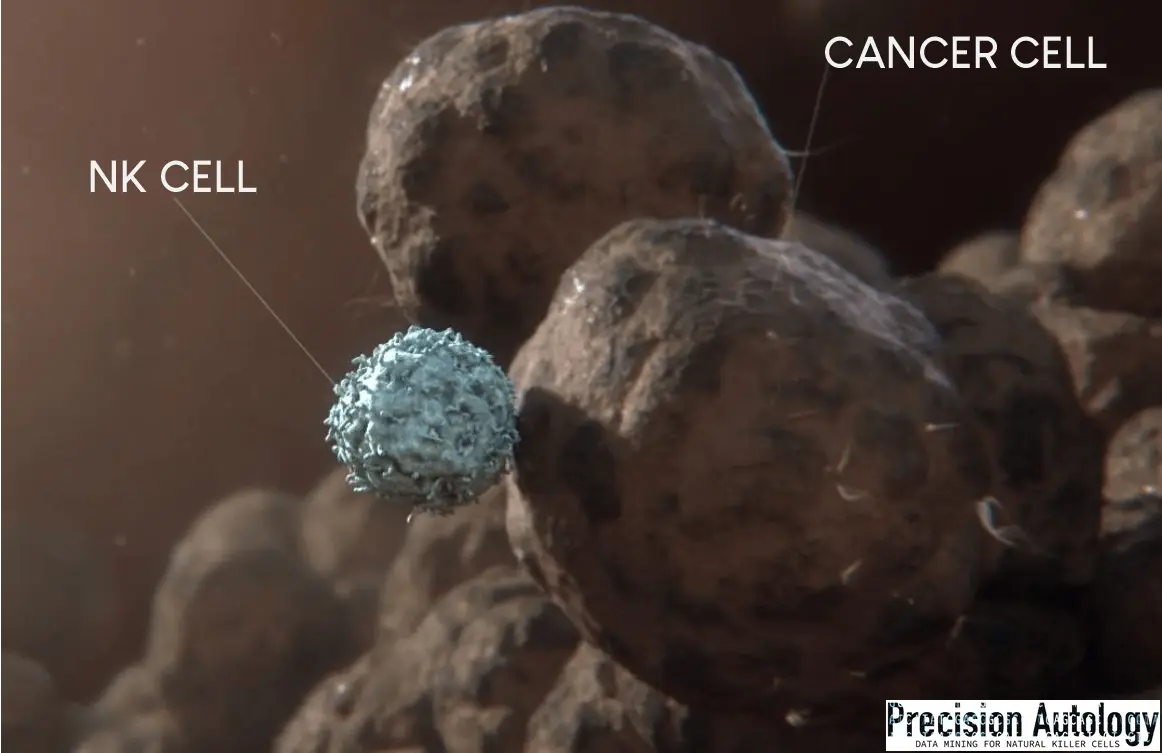 Sources:
https://blog.codondex.com/2019/09/hope-for-p53-autologous-natural-killer.html
Sources:
https://blog.codondex.com/2019/09/hope-for-p53-autologous-natural-killer.html
 Sources:
https://blog.codondex.com/2019/09/hope-for-p53-autologous-natural-killer.html
Sources:
https://blog.codondex.com/2019/09/hope-for-p53-autologous-natural-killer.html
How NK cells targeted on virus infected cell
A series of microscopic picture on HIV-1-infected cell killing by NK cells. These
pictures were taken every 5 minutes and lead to the dying of cells.
 Source:
https://research.pasteur.fr/en/team/virus-and-immunity/
Green:
Source:
https://research.pasteur.fr/en/team/virus-and-immunity/
Green:
HIV-1 infected cell
Blue dye:
Dying cell
Round, arrow pointed:
NK cell
Green: HIV-1 infected cell
Blue dye: Dying cell
Round, arrow pointed: NK cell
 Source:
https://research.pasteur.fr/en/team/virus-and-immunity/
Source:
https://research.pasteur.fr/en/team/virus-and-immunity/
Green:
HIV-1 infected cell
Blue dye:
Dying cell
Round, arrow pointed:
NK cell
HIV-1 infected cell
Blue dye:
Dying cell
Round, arrow pointed:
NK cell
Green: HIV-1 infected cell
Blue dye: Dying cell
Round, arrow pointed: NK cell
Blue dye: Dying cell
Round, arrow pointed: NK cell
Exosome Research and Applications
WHAT ARE EXOSOMES ?
Exosomes are extracellular vesicles that contain nucleic acids, proteins, lipids and metabolites.
They are secreted by cells into the extracellular space where they undergo intercellular communication.
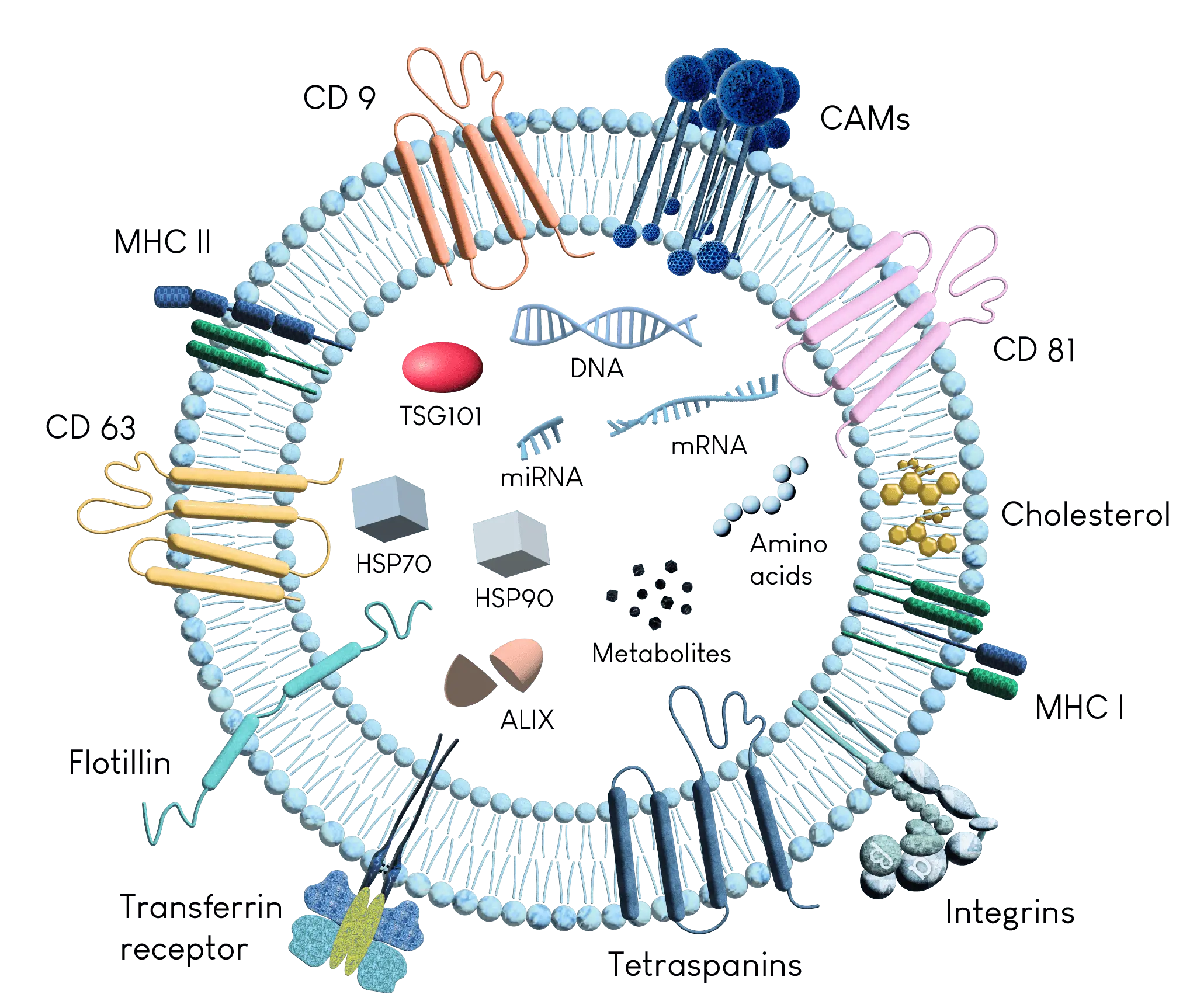
NUMBER OF EXOSOME PUBLICATIONS
Exosomes, once thought to be just a waste product of cells, is growing rapidly in the industry as one of the most revolutionary discoveries of our time. It has many remarkable properties that allow it to perform various new therapies that have never been previously done.
CLINICAL TRIALS OF EXOSOME
Throughout the years, exosomes derived from human, animal and plants have been extensively studied. As of 2023, there are currently 191 clinical trials being conducted on the study of exosomes.
BENEFITS OF USING EXOSOMES
1. Anti-inflammatory effects
• Secrete anti-inflammatory proteins, which promotes cell migration and proliferation to accelerate wound healing
2. Stimulate collagen synthesis
• Contain growth factors and microRNAs activate fibroblasts
• Fibroblasts are a type of cell that secretes collagen proteins for tissue repair
• Improve skin firmness and increased elasticity, reducing the appearance of wrinkles
WHY WE USE EXOSOMES
1. EXOSOMES ARE NON IMMUNOGENIC
• Will not trigger an immune response upon entry to the body
• Lack of immunogenic surface proteins
• Small size, less prone to immune recognition
• Carry immunosuppressive cargo microRNAs and regulatory proteins
2. Cell-to-cell communication
• Deliver signaling molecules to and from specific cells
3. Targeted delivery
• Travel to damaged cells to transfer necessary molecules in areas it is neede
• Repairing damaged skin cells and treating wounds
• Used in drug delivery
4. Can be stored
• Suitable for long term storage
• Effectiveness of exosome is unaffected
5. Stability
• Very stable substance
6. Non invasive sampling
• Can be isolated from various bodily fluids such as saliva, blood, urine and cerebrospinal fluid, culture medium
• Easy to obtain
POTENTIAL USE OF EXOSOMES
1. Diagnostic Biomarkers
• Act as early stage disease diagnostic tools
• Exosomes carry specific protein biomarkers specific to the disease
2. Immunotherapy
• Targeted antigen and drug carriers
• Can influence immune-regulation functions of target cells
• Potential cancer vaccines
3. Treatment against diseases
• Researchers are looking into potentially using exosomes to treat cardiovascular diseases, autoimmune diseases, and neurodegenerative diseases such as Alzheimers and Parkinsons
APPLICATIONS OF EXOSOMES – COSMETIC USES
1. Anti-Aging
• Increased collagen and elastin in human skin 3 days after treatment
2. Reduce Ultraviolet damage
• Cytokines, nucleic acids, proteins, and other bioactive compounds protect skin and reduce appearance of dark spot
• Proteins and lipids plump and hydrate skin, improving skin texture
3. Minimize Scarring
• Inhibit tissue over-proliferation, which causes scarring
• Improve skin hydration and elasticity, and reduce inflammation
APPLICATIONS OF EXOSOMES – THERAPEUTIC USES
1. Reconstruction of skin flaps
• Promote angiogenesis and wound healing
• Increase survival rate of flap, decrease scarring
• Potential for skin regeneration: increased collagen and elastin
2. Early disease detection
• Exosomes carry disease-specific markers, can be used to detect diseases in early stages
• Cancer, inflammatory diseases, infections
3. Treating Wounds
• Stimulate cell proliferation, angiogenesis and stimulate collagen deposition
• Accelerate traumatic wound healing and chronic wound healing
MSC derived Exosome Research and Applications
Mesenchymal Stem Cell derived exosomes
Mesenchymal stem cells are multipotent stem cells that can differentiate into different cell types such as bone cells osteoblasts, cartilage cells (chondrocytes), muscle cells myocytes and more
Chronic Wounds
A wound that does not heal in an orderly, timely sequence of repair, and the repair process fails to restore anatomic and functional repair after 3 months
How MSC Exosomes help in traumatic wound healing
1. Cell Proliferation
• Cell Proliferation: The process where a cell grows and divides to form two daughter cells
• Exosomes contain growth factors that promote cell proliferation of fibroblasts and endothelial cells
2. Angiogenesis
• Exosomes use cell to cell communication to regulate gene expression in cells around the wound, promoting angiogenesis - the formation of new blood vessels. With increased blood flow to the wound site, a higher concentration of oxygen and nutrients are delivered to the wound, further speeding up the process of healing
3. Stimulate collagen deposition
• Exosomes contain growth factors and signaling molecules which stimulate fibroblast proliferation and induces the production of large amounts of collagen fibers
• Exosomes stimulate the differentiation of fibroblasts into myofibroblasts, which produces the extracellular matrix needed to restore tissue integrity
How MSC Exosomes help in diabetic wound healing
1. Endothelial cells ECs
• Exosomes promote the function recovery of ECs
• Exosomes promote angiogenic response of ECs, forming more blood vessels hence improving wound closure
2. Fibroblasts
• In diabetes, fibrocytes are dysfunctional and have diminished proliferative capacity
• Exosomes promote the proliferation and migration of fibroblasts towards the wound
3. Macrophages
• M1 macrophages convert to M2 macrophages to guide the healing process to completion. However in diabetes, the conversion process is disrupted leading to prolonged inflammation
• Exosomes can facilitate the phenotypic polarisation of macrophages from M1 to M2, inhibiting inflammation and upregulating the expression of anti-inflammatory proteins, increasing wound healing rate
What is Ischemic Heart Disease
Ischemic Heart Disease: the weakening of the heart due to reduced blood flow, depriving the heart of oxygen
CAUSES OF ISCHEMIC HEART DISEASE:
• Atherosclerosis: buildup of plaque on the inner lining of arteries
• Blood clot
• Constriction of blood vessel
Narrowing of blood vessel restricts blood flow and heart muscles won't be able to receive oxygen, leading to its death-causing a myocardial infarction heart attack
How MSC Exosomes help in ischemic heart diseases
1. Stimulating angiogenesis
• Mesenchymal stem cell MSC derived exosomes deliver microRNAs to endothelial cells to increase angiogenesis
• Allows more oxygen to reach the heart
2. Paracrine signalling mediators
• Exosomes are released by MSCs and travel to target cells where it releases its cell contents into it. This helps to reduce inflammation, promote cell proliferation and increase vascularization and thus blood flow in damaged areas that need healing
3. Reduce scarring and fibrosis
• Fibrosis: The thickening and scarring of connective tissue
• Exosomes deliver cytokines and growth factors that stimulate the production of collagen and elastin
4. Prevent cardiomyocyte apoptosis
• Cardiomyocytes are cells found throughout the heart responsible for its contraction
• Prevents programmed cell death apoptosis of cardiomyocytes in oxygen-deprived conditions
• Helps preserve heart tissue
5. Immunomodulation
• Reduce inflammation and excessive immune activation
• More stable environment for repair of cardiomyocytes
6. Cardiac dilation
• Increases blood flow to heart, hence increasing oxygen flow
• Prevents further heart damage from hypoxic conditions
Why are exosomes ideal for use in therapy?
1. Long term storage, off the shelf availability
• Keep chill for immediate use
• Under certain circumstances, it can be stored for up to 12 months
2. Reduced immunogenicity
• Lower risk of immune rejection
3. Reduced cell aggregation
• Cells have the potential to clump aggregate
together, leading to
microvascular occlusion
• No risk for exosomes due to small size
4. Targeted delivery
• Can be engineered to display specific surface proteins/ carry specific cargo
to target tumors to kill
5. Compatible with other treatments
• Can be used alongside chemotherapy or radiation therapy
6. Distributed homogeneously
• Distributed more evenly throughout target tissue
• Can reach areas that are hard for MSCs to reach due to their larger size
Research and Developments Publications
Solid and robust research foundation with international publications
International Standards
International Publications
Cited
Years of Experience
Accredited International Standards & Certified Auditor

NPRA National Pharmaceutical
Regulatory Agency

NPRA National Pharmaceutical
Regulatory Agency

PIC/S Pharmaceutical Inspection
Co-operation Scheme
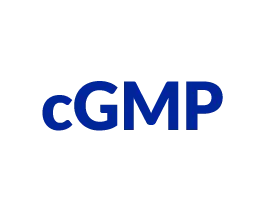
EU cGMP
current Good Manufacturing Practice

CGTP Cell and Gene Therapy
Products in Malaysia
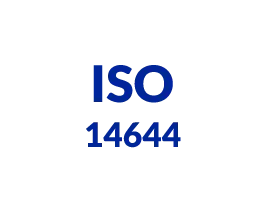
ISO 14644
Cleanroom and Associated
Controlled Environment

ISO/IEC 17025:2017
Testing and Calibration Laboratories
(Registered under ILAC)

ISO/IEC 17025:2017
Mesenchymal Stem Cell Count

ISO/IEC 17025:2017
Mesenchymal Stem Cell Viability

NEBB National Environmental
Balancing Bureau
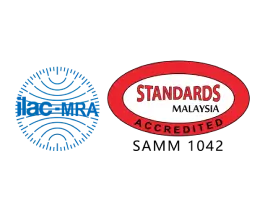
Standards Malaysia

NPRA National Pharmaceutical
Regulatory Agency

NPRA National Pharmaceutical
Regulatory Agency

PIC/S Pharmaceutical Inspection
Co-operation Scheme

EU cGMP
current Good Manufacturing Practice

CGTP Cell and Gene Therapy
Products in Malaysia

ISO 14644
Cleanroom and Associated
Controlled Environment

ISO/IEC 17025:2017
Testing and Calibration Laboratories
(Registered under ILAC)

ISO/IEC 17025:2017
Mesenchymal Stem Cell Count

ISO/IEC 17025:2017
Mesenchymal Stem Cell Viability

NEBB National Environmental
Balancing Bureau

Standards Malaysia
REGISTERED

U.S.FDA
U.S. Food and Drug Administration
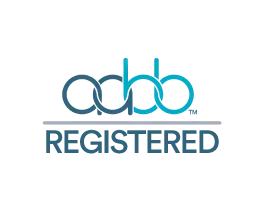
AABB Association for
the Advancement of
Blood and Biotherapies
About Us
Mission
Philosophy
Commitment
Mission
Mission
We will continuously strive to provide cost-effective, efficient, reliable and best quality solutions and services to our customers that will minimize their business risks and improve their standard of research and development.Mission
Philosophy
Philosophy
Our business philosophy is simple; we listen and understand our customers' needs and provide them with cost effective, efficient and reliable solutions that will minimize their business risks. We also provide maintenance and training services to further enhance our market-support role.Philosophy
Commitment
Commitment
Our success is a reflection of our commitment and understanding of our customers' needs by providing value-added, customized solutions and services. As a commitment to our customers, we constantly keep abreast with new and evolving technology so that our customers will always get a wide range of solution options.Commitment
About Supergenics
2020, The First Company Listed on BURSA Malaysia
Advanced Licensed EU GMP Stem Cell Production Plant PIC/S CGTP cGMP
• Surveillance contained in the guidance document and guidelines for the registration of CGTP in Malaysia and PIC/s, Good Manufacturing Practice Guidelines and Annexes for Pharmaceuticals APB
Cell Therapy Expertise
• Trade Secrets and Patented Technologies
• Human Umbilical Cord Wharton's Jelly Mesenchymal Stem Cells Anti-Aging Stem Cells
• Natural Killer Cells Immunotherapy
ISO/IEC Certification, ILAC Standards Malaysia
• ISO/IEC 17025 Testing and Calibration Laboratories on Mesenchymal Stromal Cell MSCs
i. Cell Count
ii. Cell Viability
• ISO 14644 Cleanrooms and Associated Controlled Environment








